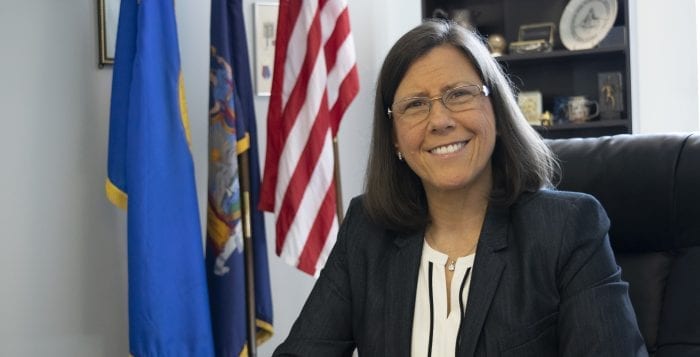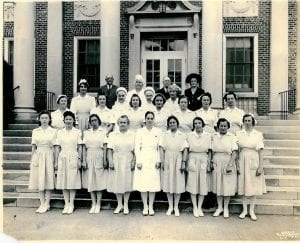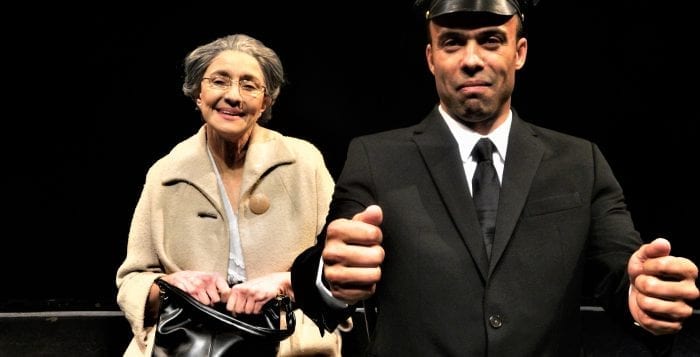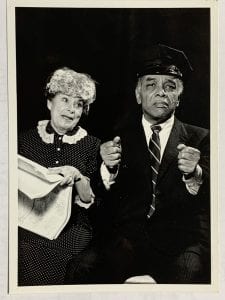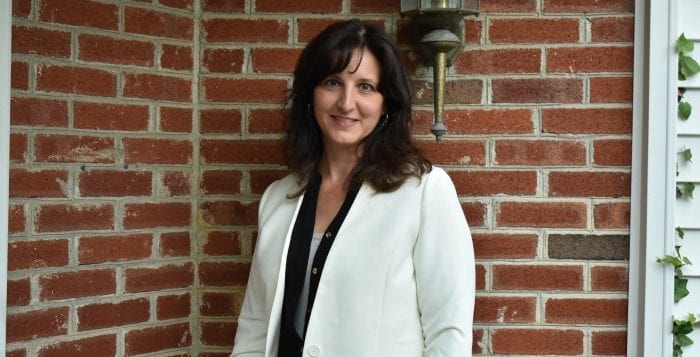Depending on who you ask, New York State’s new bail reform is either halting an institution that punished the poor, or it is allowing alleged criminals to return to and terrorize local neighborhoods.
Back in 2018, after Democrats gained control of both state legislative houses, bail reform became a priority issue for multiple Dems in the State Legislature, with the bail reform coming in as an addendum to the state budget bill. The reform forces judges to release alleged perps without bail for multiple misdemeanors and what are considered nonviolent felony charges.
Over the last few months, on judges’ orders, jails across the state have been releasing inmates who fall under the list of bail-less crimes. In an interview Monday, Sheriff Errol Toulon Jr. (D), whose office oversees the jails in Suffolk County, said approximately 301 inmates have already been released from Suffolk custody over the past month leading up to the law’s enactment. This comes after court orders from judges across the state. He added there is another expected 10 to 15 inmates that will be released this month.
“The biggest thing with this legislation is to give judges back discretion — they can look at criminal history, if they are mentally ill or have a serious substance abuse issue.”
– Sheriff Errol Toulon Jr.
Proponents of bail reform have long argued the previous system effectively taxed poor defendants for accused crimes. They argued that people and their families who could not afford bail would languish in jail until their court date, such as the case of Bronx teenager Kalief Browder, who was stuck in Rikers Island prison for three years, unable to pay the $3,000 bail price until 2013 when he was released due to lack of evidence. He later committed suicide.
Bail costs can range from a few hundred to tens of thousands of dollars and are determined by individual judges. People can also make use of a bail bondsman, but fees for those can still be several thousand, plus the money upfront to ensure a person meets their requisite court dates.
A report by John Jay College of Criminal Justice of the originally proposed bail reforms said that if enacted reforms were around in 2018, there would have been 20,349 more individuals in New York City released without bail, a cumulative amount worth nearly $200 million to the state. In 2018, 105,161 cases resulted in pretrial release without bail.
Leading state Democrats have said the reforms are long overdue, and specifically target nonviolent offenses. Advocates pointed out that poor people unable to make bail can easily lose jobs if they’re not available or stuck in jail, and that those who have to pay for bail on a limited income, even for minor offenses, might be forced to use funds they would have used for rent or even food.
Criminal justice reform advocates say the critics are unnecessarily stoking fears.
In a statement, Donna Lieberman, executive director of the New York American Civil Liberties Union, said the new reforms are just a step on the path toward overall prison reforms.
“Thousands of New Yorkers who are presumed innocent of the misdemeanor and nonviolent felony charges they face will no longer be forced to sit in jail awaiting trial,” her statement read.
However, the law enforces no cash bail for several offenses that critics have called overtly aggressive. James Quinn, Queens assistant district attorney, released a list of laws judges cannot set bail to, including aggravated vehicular manslaughter, several types of drug sale crimes and even lesser counts of arson.
Toulon said he has disagreed with the new bail reforms, especially over the list of crimes people are made to be released. He mentioned one inmate who was just recently released on a partially secured bond of $40,000 out of a $400,000 bail order, without a bail bondsman. The individual, he said, had been accused of rape in the first degree of a child, and had a past history of sex crimes.
He said any sort of new bail legislation should give judges more jurisdiction over determining bail.
“The biggest thing with this legislation is to give judges back discretion — they can look at criminal history, if they are mentally ill or have a serious substance abuse issue,” he said.
State legislators are divided on party lines over the new bail reform. A delegation of Republican state reps from Long Island gathered Dec. 31 to voice their opposition.
State Sen. John Flanagan (R-East Northport), the senate minority leader, called the new law “unconscionable,” adding the opposing party has “abandoned crime victims, law enforcement and the public in favor of criminals.”
The delegation noted two criminal cases including one where a woman allegedly assaulted three Jewish women, just one of several during a citywide spree of anti-Semitic attacks during the eight days of Hanukkah. She was arrested again the following day for another assault charge. The law allows for no cash bail on offenders who commit assault without serious injury, and the new bail laws have been enforced since late 2019.
State Sen. Ken LaValle (R-Port Jefferson) said the new law goes against common sense.
“Judges should have discretion in weighing the potential danger of releasing someone who could have violent tendencies or constitutes a real threat to our community,” LaValle said.
Law enforcement groups have also vocalized their frustrations with the bill.
Louis Viscusi, union president of the Suffolk County Correction Officers Association, said the law doesn’t just force cashless bail for nonviolent offenders, but for drug dealers, sex offenders and gang members.
“A lot of people commit crimes to help fuel that habit,” he said. “At [a corrections facility] they could detox and could make better decisions. This new bail reform removes those options.”
– Louis Viscusi
He added he saw Suffolk County actually using the system in the way it was meant to, with the county corrections facility including 24-hour medical care and a space for drug and alcohol addiction. Within the facilities in both Yaphank and Riverhead, he said, inmates could come down from their high and make more informed decisions once or if they are released on bail. Without it, those same people might be out on the street making the same decisions that got them arrested in the first place.
“A lot of people commit crimes to help fuel that habit,” he said. “At [a corrections facility] they could detox and could make better decisions. This new bail reform removes those options.”
For decades, New York judges were supposed to consider only risk of flight when determining bail, not public safety or safety of the individual. The new law encourages a supervised release program, where municipalities are meant to keep in touch with those accused.
Toulon echoed Viscusi’s comments, adding his term has focused on giving inmates transferable skills such as plumbing or work with HVAC for when they return to society. He added the new law presents issues for people who may need added protection, such as women who were arrested for crimes, but were subdued in human and sex trafficking schemes. Women who are trafficked are often forcefully addicted to drugs to keep them under control.
Proponents of the new law point to New Jersey, which has had a similar bail reform bill since 2017, and which a court report showed that while jail populations waned, people still were showing up for their assigned court dates. Unlike Jersey, New York did not have a three-year window between when the law was passed and enacted.
Though Republican officials have looked to paint the issue as a party split, some Democrats have proposed changes to the existing bail reform law. State Sen. Jim Gaughran (D-Northport), along with Sen. Monica Martinez (D-Brentwood) introduced legislation back in June 2019 that would expand the list of qualifying offenses that judges can determine pretrial requirements, to include assault, manslaughter, sex crimes including against children, terrorism-related charges, all class-A felony drug-related crimes and bribery offenses involving public officials. The bill was introduced but could not be taken up until the State Legislature reconvened on Jan. 8.
“When an individual poses a clear danger to public safety, an unbiased judicial expert must have the discretion to choose whether or not to release them without bail,” Gaughran said in a statement back in June.

